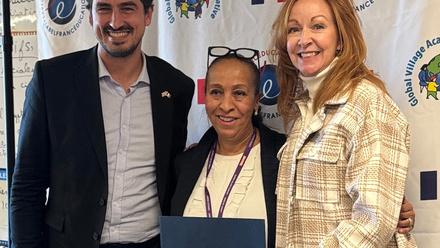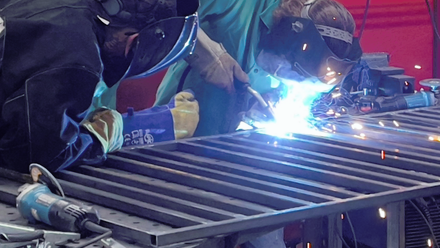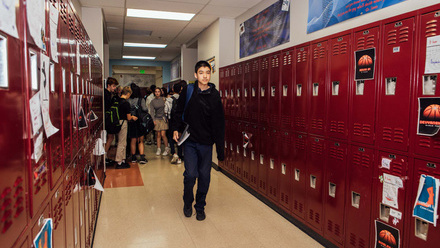When Quality Means that We Can Get Better Faster
We can say quality in numerous ways in the world of education. We can talk about measurements and assessments. We can talk about qualitative and quantitative data. We can also look at a number of different factors including school climate and performance and student outcomes and engagement.
Some things stand out, though. As a research analyst and self-proclaimed data nerd, I love to find the valuable nuggets that are sometimes hidden in a research paper. And a recent report by the Keystone Policy Center contains a number of important and interesting findings.
The report is important overall because it shows all the ways that charter schools are creating real opportunities and moving the performance curve on CMAS, P/SAT, and SPF rankings. But it also examines other facets of how charter schools can be role models for other public schools to improve performance for each and every student, especially those who have historically been underserved. And this is why we work in education, right?
It’s important, so I’ll give you this whole paragraph. Specifically, the authors note that the charter sector exhibits strong evidence of substantial accountability and substantial improvement over time.
I added the bold emphasis in the middle because that’s the bit that we have to pay attention to. We have to start thinking about how to shift entire schools, entire networks, entire districts, and entire states if we’re ever going to crack the code on improving public education in the U.S. There are lots of means to this end, but we’re seeing clearly one means to this end here in Colorado. Charter schools are better able to more nimbly improve by two or three performance bands at over twice the rate of non-charter schools.
“When looking only at students from low-income households in these high-needs areas, the gap remains substantial. Similar trends exist for other traditionally underserved student groups.” (Keystone Reports on Academic Performance and Recovery in Colorado Charter Schools, 2025, online)

So what does that mean? To me, it shows two things. One, that charter schools are creating opportunities across a wide variety of geographies, school models, and demographic groups. Specifically, charter school students in the highest-need areas of the state are more than twice as likely to attend a performance-rated school than their non-charter peers. Second, there are education deserts out there, such as what Senate President Coleman talked about last week and that Governor Polis talked about as well in his State of the State address. Students in these areas deserve real opportunities to learn and make their lives better—and they should not have to wait.
Charter schools are public, free, and open to all. Any student who wishes to attend a charter school has the prerogative to do so just as they do to any other public school—free of charge. If there’s a waitlist, there’s a lottery system to enter. Simple, fair, and non-preferential.
I’d highly recommend you read this report from front to end. It shows that charter schools are leading the way toward improving schools and improving student outcomes. However, it also highlights that there are areas across our state in desperate need of better solutions. Charter schools can be part of that solution, and we are proud of this work.
Kevin Hesla, Director of Data Strategy
Colorado League of Charter Schools






